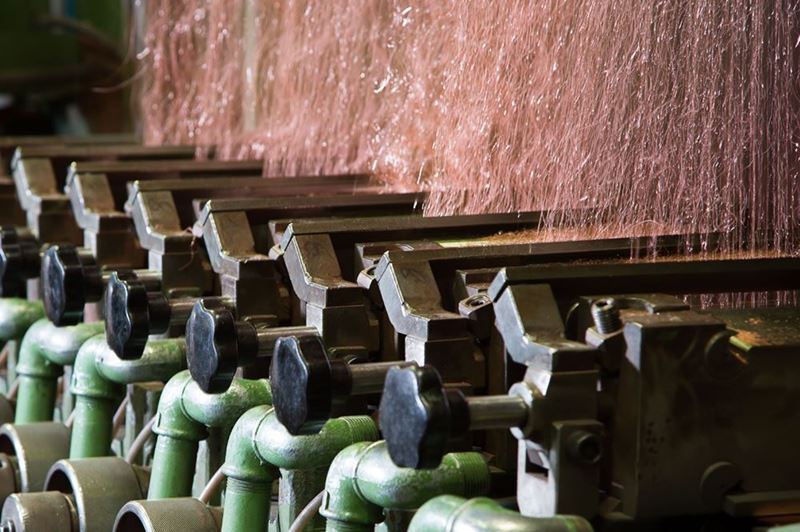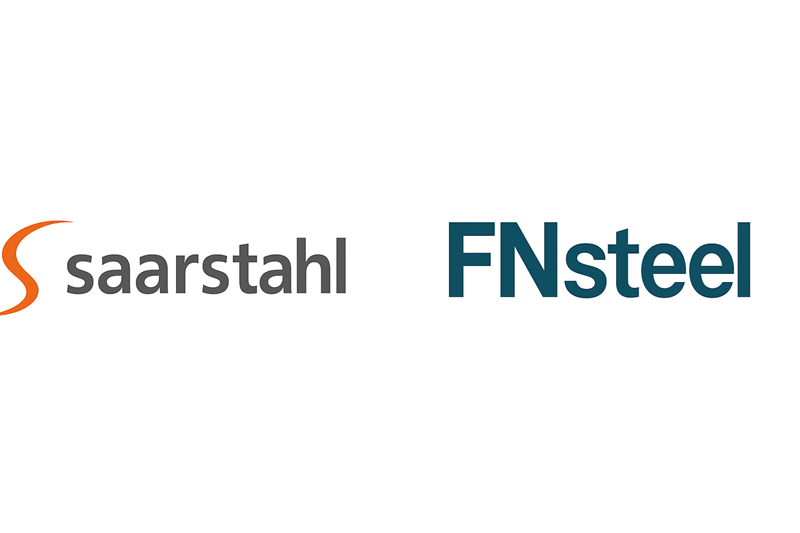Iran's escalating tensions with Israel are driving up energy costs and causing disruptions in logistics. These developments put direct pressure on market prices. In this context, Iran has prioritized the mining sector in order to reduce its high dependence on oil revenues. The government aims to increase the production of metals such as iron ore, copper, zinc and bauxite and turn this field into a strong income item in foreign trade. The country aims to increase both raw material production and export revenues through refined products.
Steel production in Iran is largely carried out with systems based on electric arc furnaces. While about 15 million tons of crude steel is produced annually, iron ore reserves are 3.8 billion tons. In terms of copper, Iran has about 5% of the world's reserves. These resources are particularly important for exports to China and Middle Eastern countries.
But fluctuating oil revenues, global sanctions and rising geopolitical tensions in the Middle East are pushing Iran towards mining. Aiming to diversify its sources of income and expand its export markets, the country is increasing both production and processing capacity in metals such as steel, aluminum, zinc and copper. This strategy offers Iran the opportunity to build an export-based economic model that is more resilient to sanctions. Exports, especially to countries with strong industrial infrastructure such as China, are an important supporter of this transformation.
While Iran has embraced mining as an economic outlet, it is noteworthy that political risks in the region have increased the vulnerability of the steel market. Although each country's market dynamics differ, uncertainty and the risk of sudden fluctuations are expected to remain at the forefront of the overall outlook.









Comments
No comment yet.